What is the outlook for the Padel market?
The Padel market is booming, and it’s not slowing down anytime soon. More people are picking up racquets and hitting the courts, thanks to the sport’s fun, social vibe. New facilities are popping up everywhere, making it easy to play. With the right investment and buzz, Padel is set to become a staple in sports. Get in while you can!
Let’s get one thing straight: Padel is not just a sport; it’s a phenomenon. It’s the lovechild of tennis and squash, all wrapped up in a fun package of social interaction and exercise. And here’s the kicker: it’s on the rise like a freshly hit ball soaring over the net. But if you’re wondering about the future of the padel market, you’re in the right place. We’re going to dissect its current state, growth trajectory, and what all this means for clubs, players, and aspiring entrepreneurs in the padel space.
A Quick Recap: What is Padel?
Before we dive into the future, let’s quickly recap what padel actually is. If you’re reading this, you likely know the basics, but here’s a reminder. Padel is played in pairs, on a court surrounded by walls. It’s simpler than tennis but offers just as much fun. The rules? They’re easy to pick up. The social element? Unbeatable. You can walk onto the court as a novice and leave as a champion, or at least with a decent story about that time you nearly aced your buddy.
The Current State of the Padel Market
Now, let’s talk numbers. The padel market has exploded in recent years. In Spain, which is the epicenter of padel, the sport has grown exponentially. As of 2023, there were over 11,000 padel clubs and more than 4 million registered players. That’s a serious player base. The sport is now being played in more than 90 countries. Yes, you read that right. Padel is spreading faster than your friend’s “I’ve got a new diet” phase.
According to various industry reports, the global padel market is expected to grow at a compound annual growth rate (CAGR) of around 12% from 2023 to 2030. If you’re in the business of padel or thinking of diving in, that’s music to your ears. The increasing popularity can be attributed to its social nature, accessibility, and a growing community of enthusiasts who are ready to invest in their sport of choice.
Clubs need to focus on creating a unique experience that goes beyond just renting a court.
What’s Driving This Growth?
- Social Experience: One of the biggest draws of padel is its social aspect. It’s less about competition and more about having a good time with friends or meeting new ones. Clubs that host padel events are capitalizing on this, creating a community atmosphere that keeps players coming back.
- Accessibility: Padel is incredibly accessible. You don’t need to be a super athlete to play; you just need a pair of shoes and a racket. Plus, it’s easy to find a court, especially in urban areas where real estate can make it hard to squeeze in a tennis court. Padel courts require less space, making it easier for clubs to set up and for players to find a local game.
- Increased Investment: With its rapid growth, investors are taking notice. There’s a surge in funding for padel clubs and infrastructure. Major brands are hopping on the padel train, from sports equipment manufacturers to clothing lines. They see the potential, and they want a piece of it. This influx of capital means more courts, better facilities, and more opportunities for players.
- Media Exposure: The rise of padel isn’t just a grassroots movement; it’s gaining traction in mainstream media. Tournaments are being broadcasted, and professional players are becoming household names. This visibility is crucial for growth, as it brings new players into the sport and makes it more appealing to sponsors.
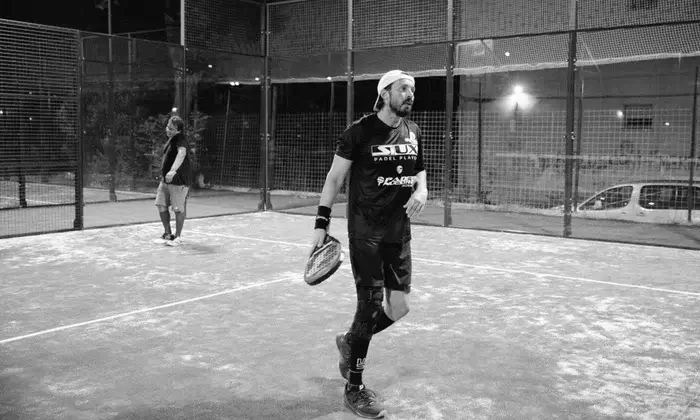
The Challenges Ahead
Despite all the rosy projections, the padel market isn’t without its challenges. Here’s what to watch out for:
- Market Saturation: As more clubs and courts pop up, there’s a risk of oversaturation. Not every new club will survive, especially if they can’t differentiate themselves or build a strong community. Clubs need to focus on creating a unique experience that goes beyond just renting a court.
- Competition with Other Sports: While padel is gaining popularity, it’s still competing with established sports like tennis, football, and basketball. For many, the loyalty to their favorite sports runs deep, and breaking into that market can be tough.
- Regulatory Hurdles: In some regions, the establishment of new sports facilities can be mired in red tape. Clubs may face challenges in securing permits or funding, which can slow down growth and expansion.
- Quality of Facilities: As demand rises, so does the expectation for quality. Players want well-maintained courts, good lighting, and amenities. Clubs that can’t meet these expectations may find it difficult to attract and retain players.
The Future: What Lies Ahead?
So, what does the future hold for the padel market? Buckle up, because it looks promising:
Expansion Beyond Europe
While Spain has been the epicenter of padel, the sport is making waves across Europe and beyond. Countries like Italy, Sweden, and the Netherlands are seeing a rise in padel participation. Even outside Europe, places like Argentina and Mexico are joining the fray. The potential for growth in North America is particularly exciting. With the right marketing and community-building efforts, padel could become a staple sport in the U.S. and Canada. Imagine the buzz around a padel tournament in Miami or New York!
Rise of Technology
to apps that help players connect. Clubs that adopt these technologies can enhance the player experience, making it easier to book courts, find matches, and track progress. Platforms like Padelcano are leading the charge by providing clubs with tools to efficiently manage events, schedules, and player interactions. This not only streamlines operations but also fosters community engagement.
Furthermore, integrating advanced features through such platforms could open up new revenue streams for clubs, such as subscription services for enhanced functionalities. Embracing these innovations will be crucial for clubs looking to thrive in the competitive padel market.
Professionalization of the Sport
As padel continues to grow, so does the need for a more structured professional circuit. The establishment of international tournaments and leagues will not only elevate the profile of the sport but also create role models for aspiring players. This could lead to increased participation at all levels and ultimately grow the market even further.

Community Building
The clubs that will thrive are those that prioritize community building. Hosting social events, tournaments, and training sessions can foster a sense of belonging among players. Clubs need to position themselves as more than just places to play; they should be community hubs where people can connect and grow. This means investing in staff who are passionate about the sport and trained to create an inclusive environment.
Increased Sponsorship Opportunities
As the sport gains popularity, sponsorship opportunities will grow. Local businesses can get involved, and bigger brands may see padel as a viable marketing avenue. For clubs, securing sponsorship can provide much-needed funds to improve facilities, run events, and attract more players.
Educational Programs
There’s a golden opportunity for clubs to introduce educational programs. These could include coaching clinics, fitness training, and workshops on the game’s rules and strategies. This will not only enhance player skills but also attract more newcomers to the sport. The more educated the player base, the better the overall experience.
The Padel Revolution is Here
So, what’s the outlook for the padel market? It’s a vibrant tapestry of growth potential, challenges, and opportunities specifically for you as a club owner. Now is the time to act. Embrace the changes, adapt to the challenges, and prioritize community engagement to ensure your club stands out.
Padel is more than just a game; it’s a movement that’s reshaping the sports landscape. As it continues to gain momentum, those who invest—whether through time, resources, or strategic planning—will reap the benefits.
Focus on enhancing your club’s offerings, fostering connections among players, and leveraging technology to streamline operations. The future of padel is bright, and as a club owner, you have the chance to lead the charge and shape its evolution.

Padel's Future: Your Top Questions Answered
Is padel really growing that fast?
Yes, it’s exploding. Padel is growing at a 12% annual rate and spreading across more than 90 countries. It’s not just a game anymore—it’s a global movement.
What’s making padel so popular?
It’s fun, social, and easy to pick up. You don’t need to be a pro athlete to enjoy it, and the community vibe keeps people coming back.
Is there still room for new padel clubs?
Definitely. But make sure your club stands out. Focus on community building and offering more than just courts if you want to survive the competition.
What challenges might padel face in the future?
Market saturation, competition with other sports, and the need for high-quality facilities. Clubs that don’t innovate could struggle.
How important is technology for padel’s growth?
It’s huge. Apps and platforms like Padelcano are streamlining how clubs manage events and connect with players, making the sport more accessible and organized.
Will padel grow outside Europe?
Absolutely. Padel is gaining traction in places like North America and Latin America. It’s only a matter of time before it becomes mainstream globally.
How can padel clubs stay ahead?
Invest in community building, offer top-notch facilities, embrace tech, and create unforgettable experiences for players. Make your club more than just a place to play.
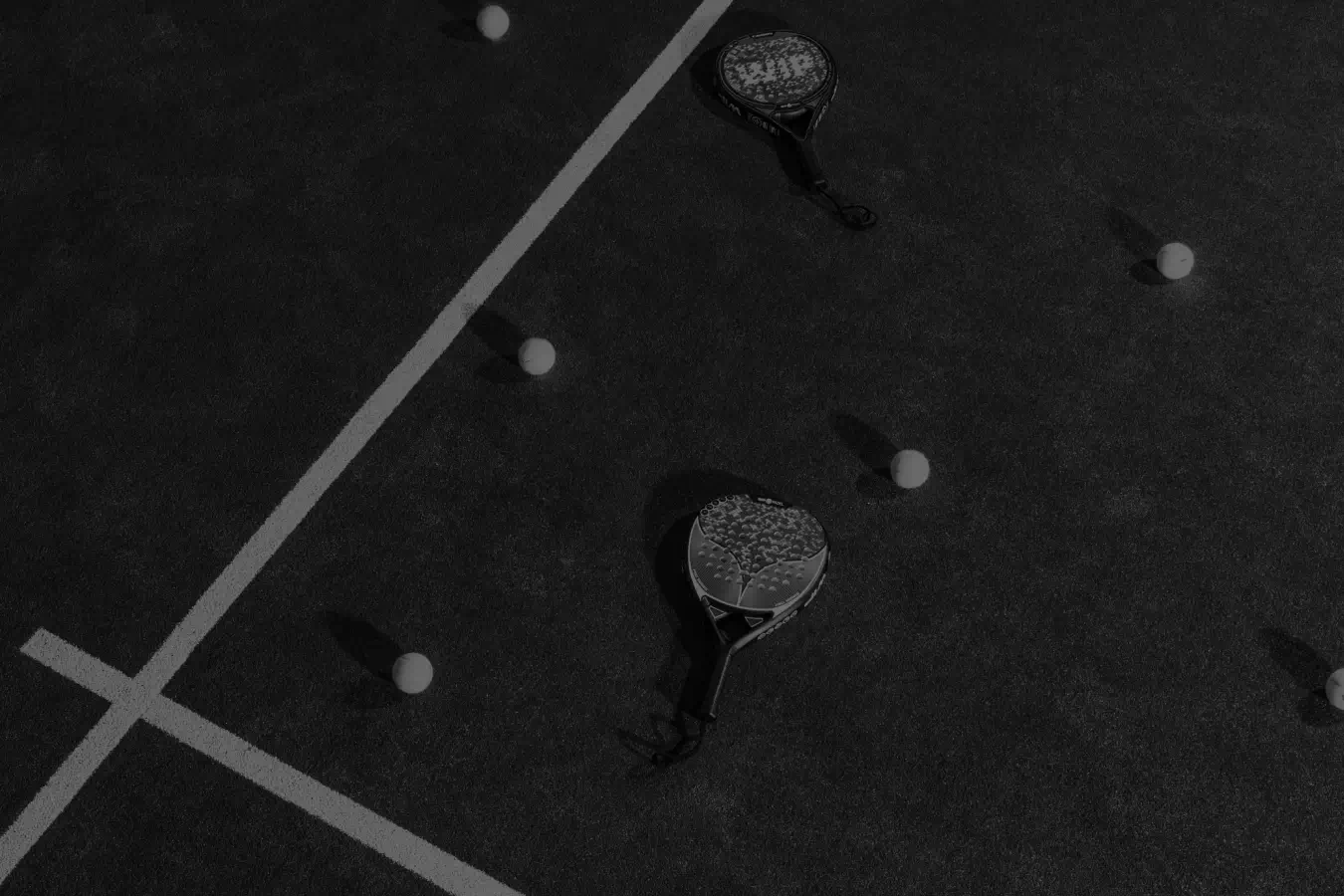


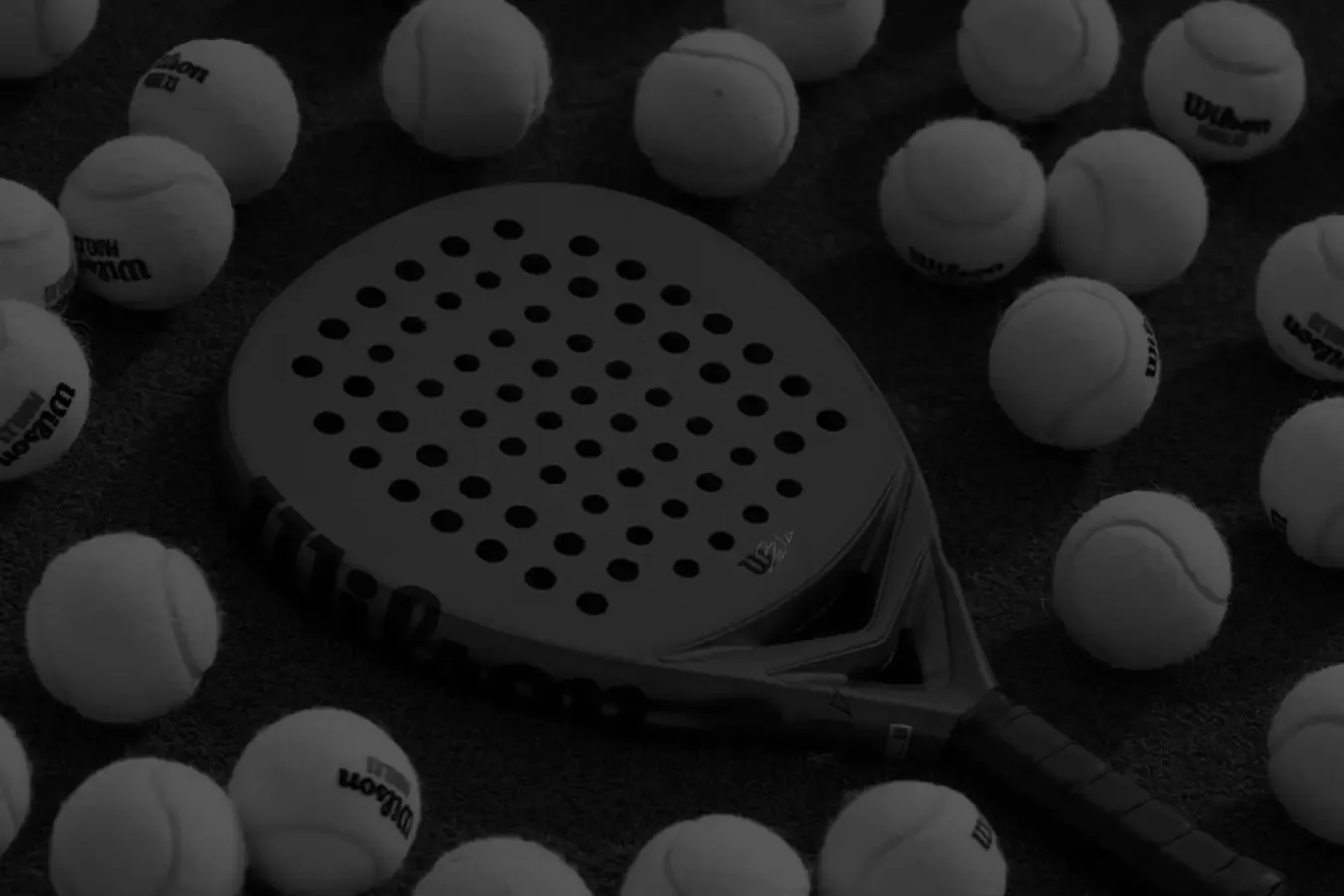
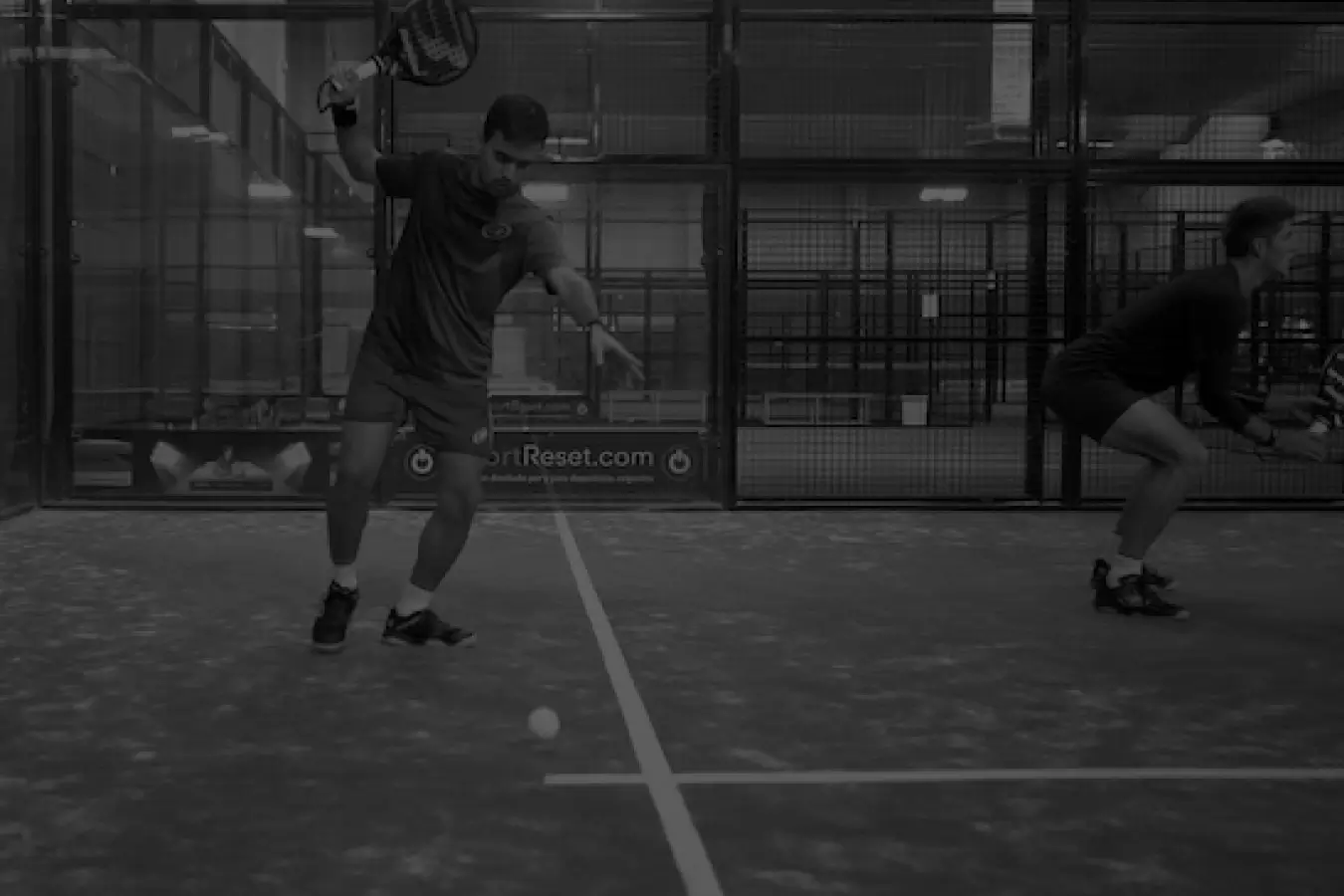
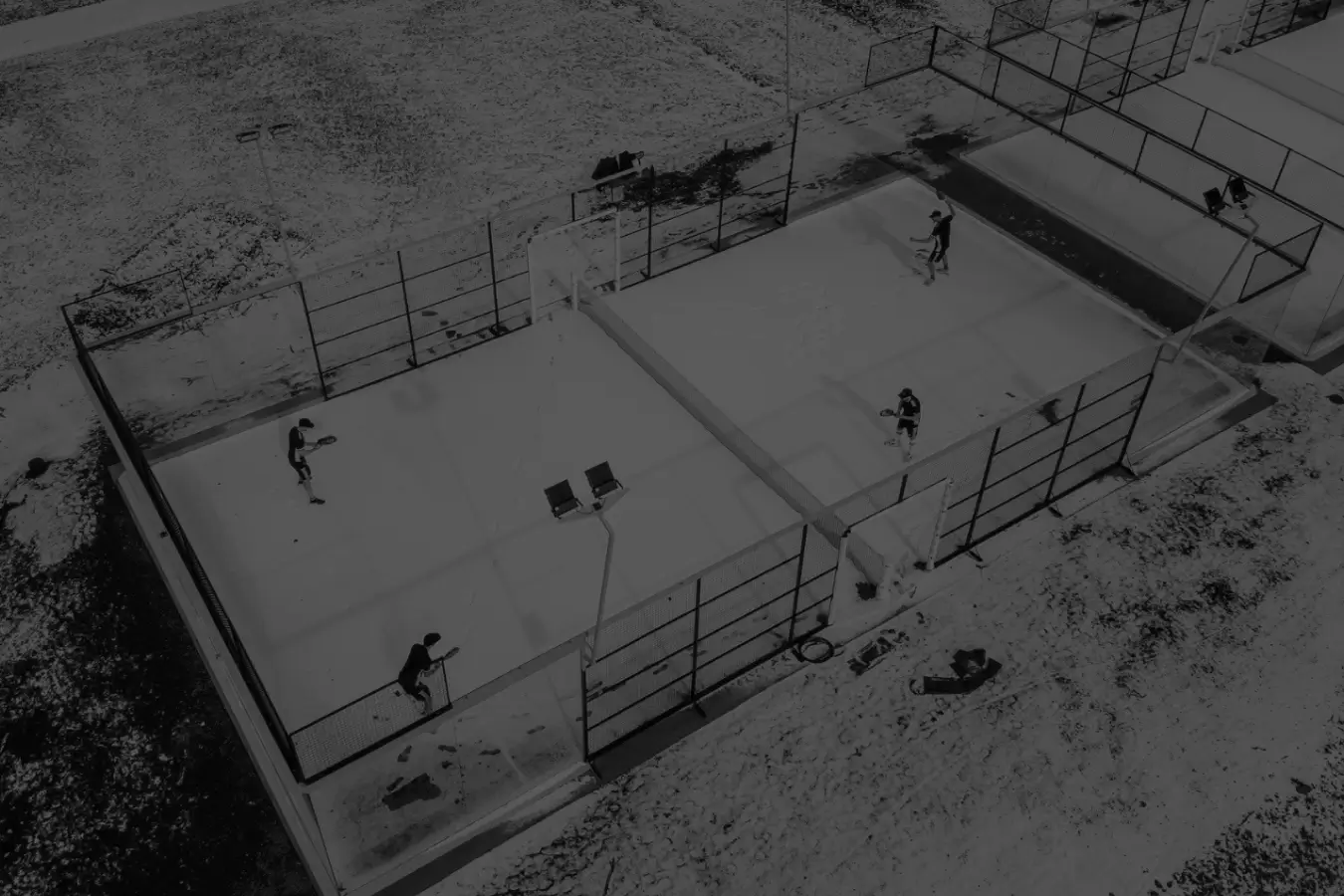
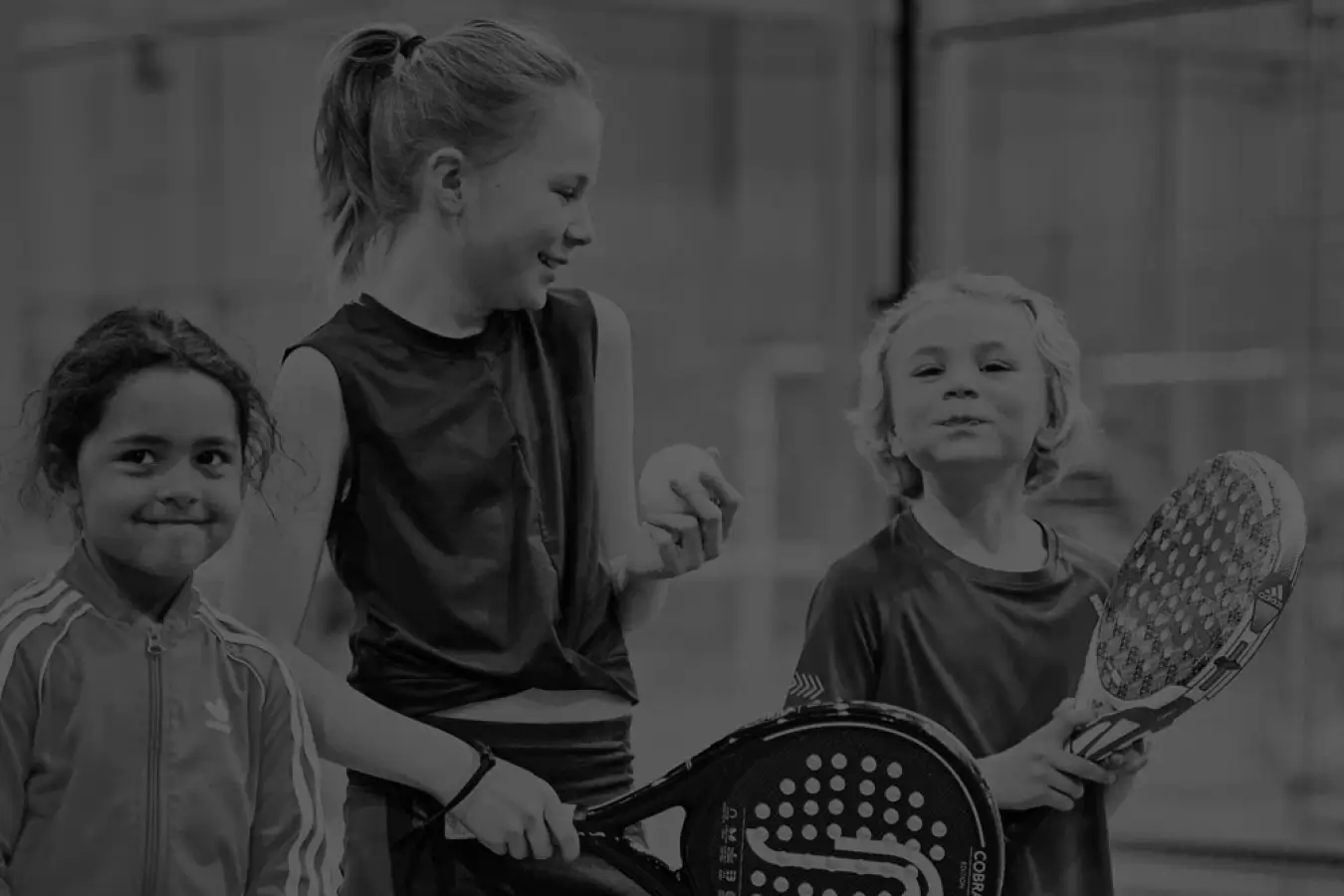
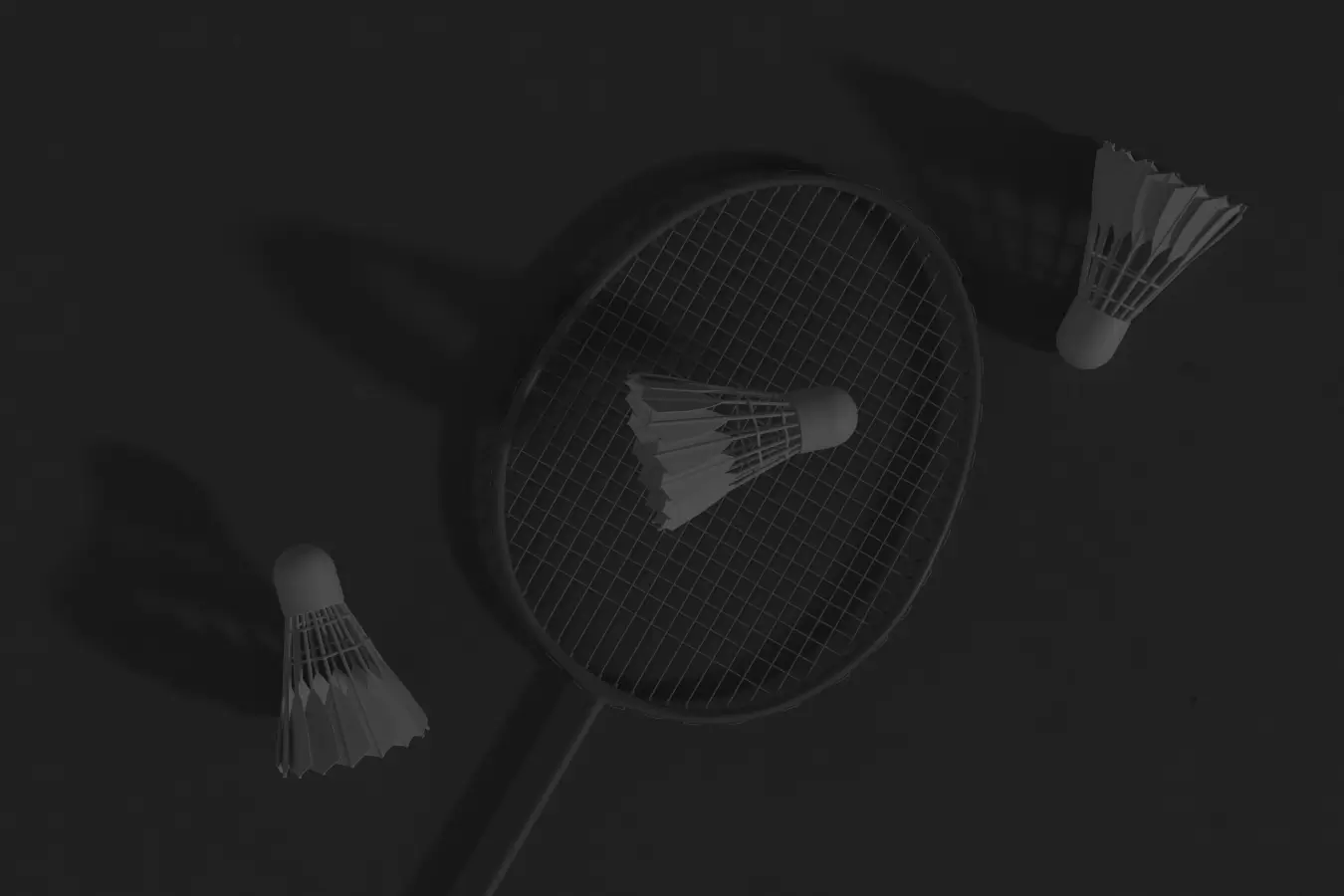
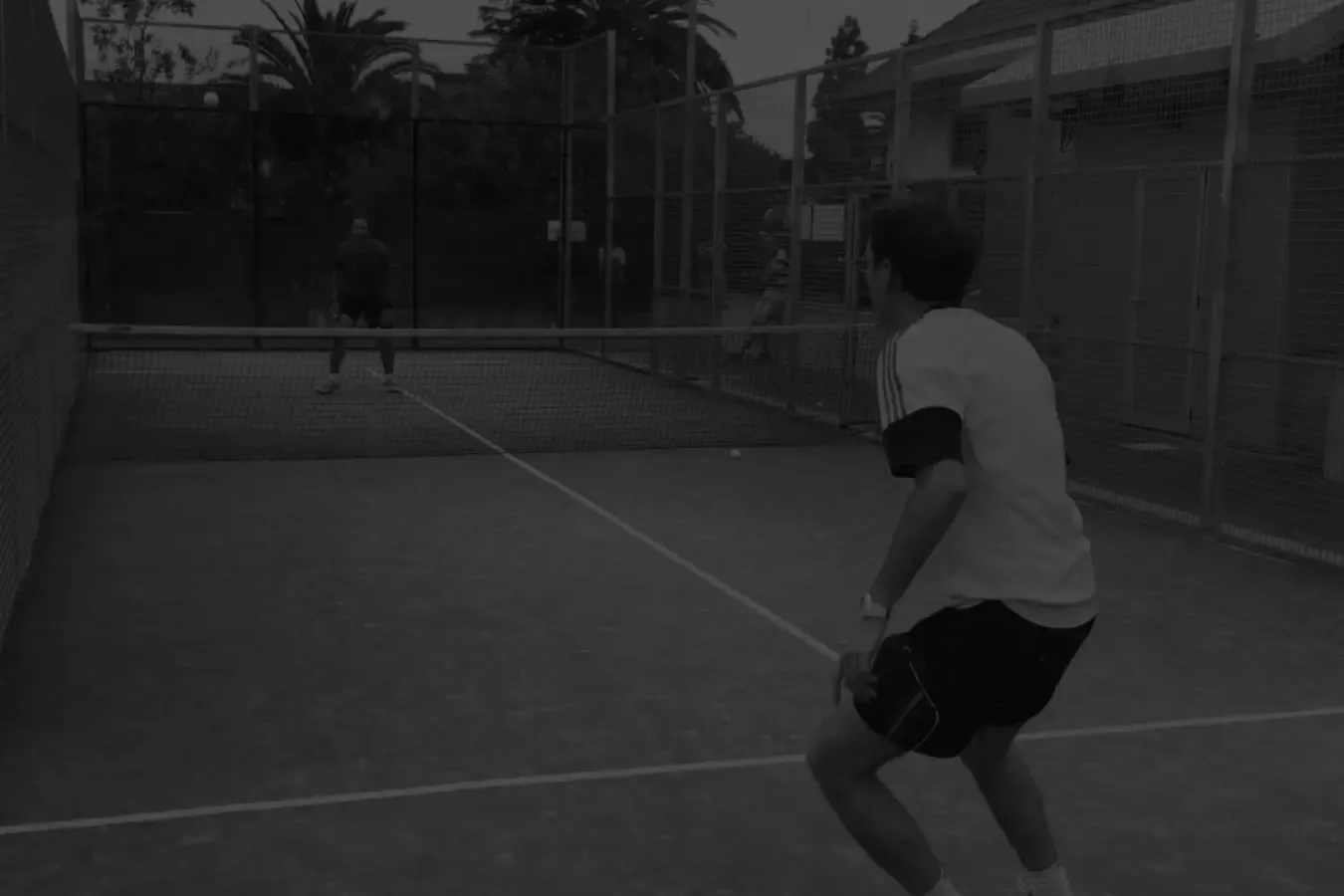
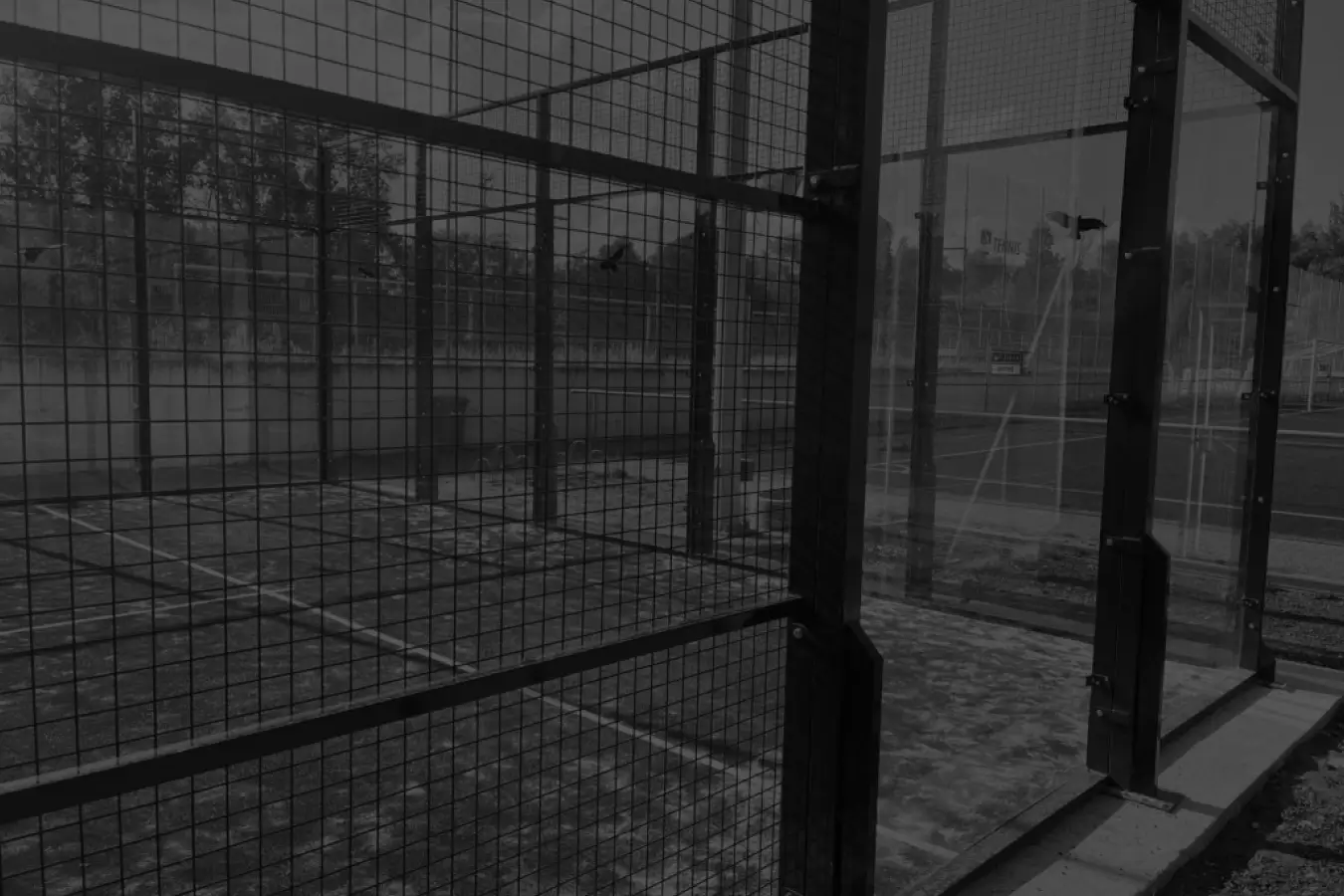

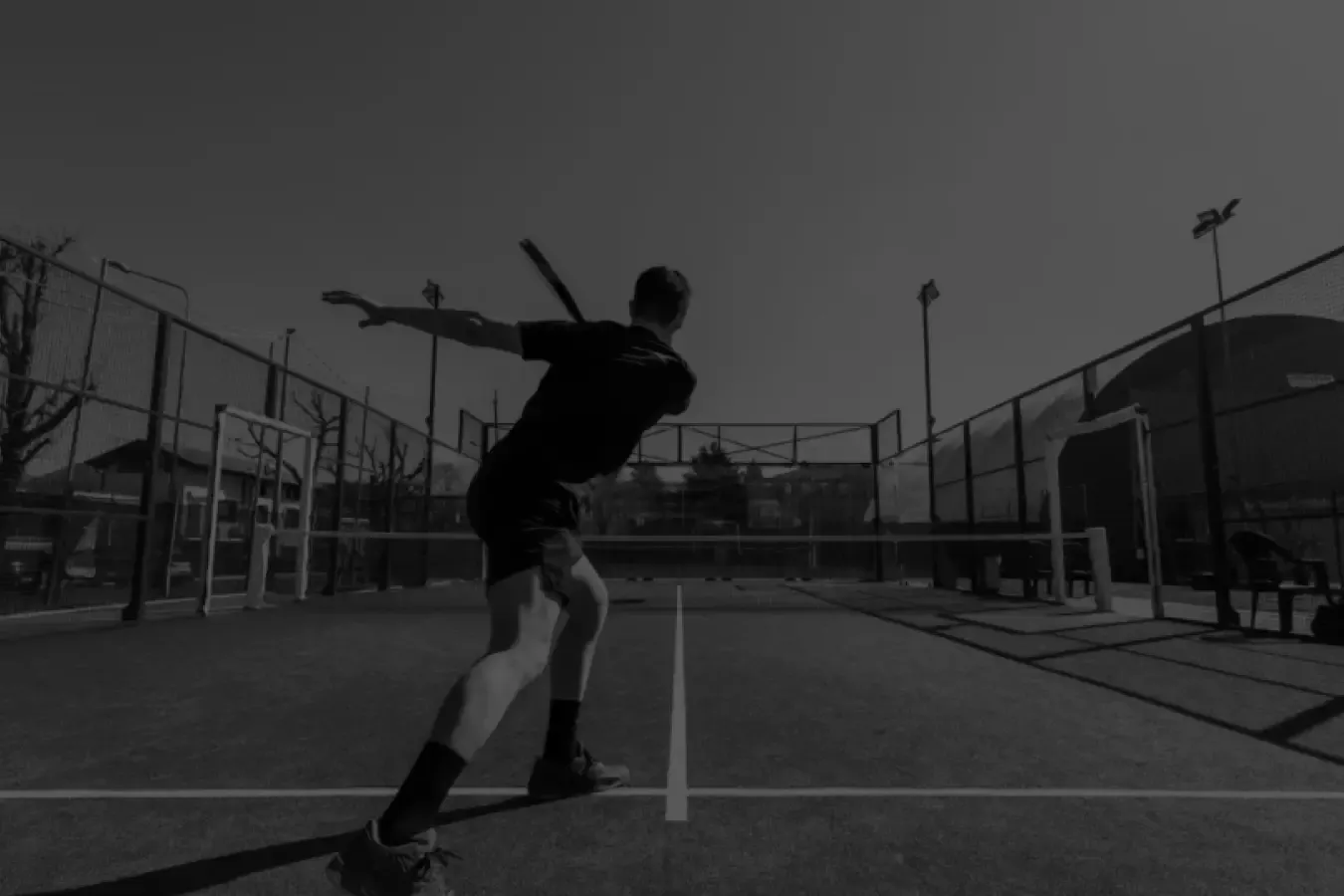
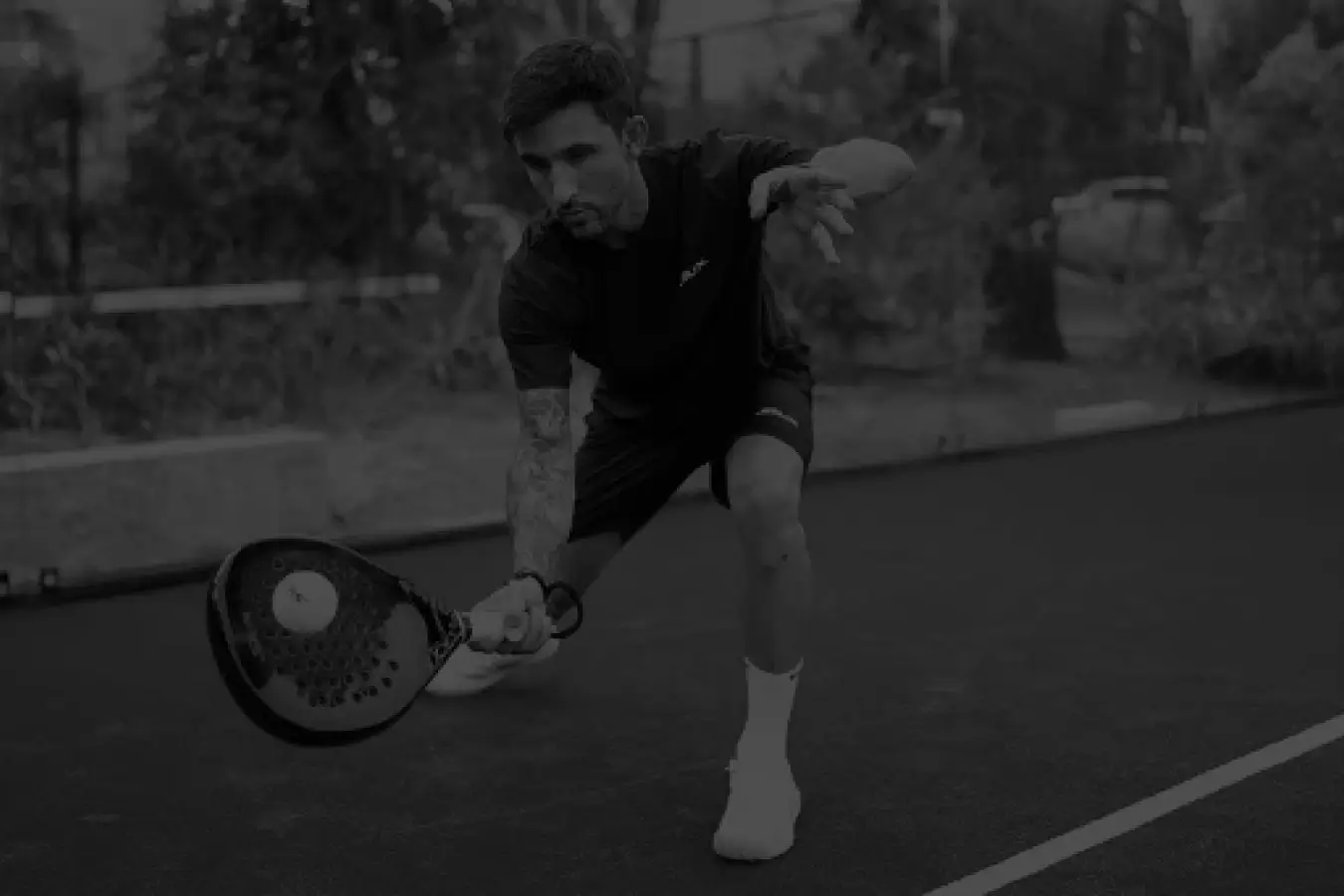
Discussion